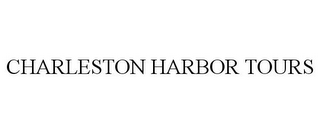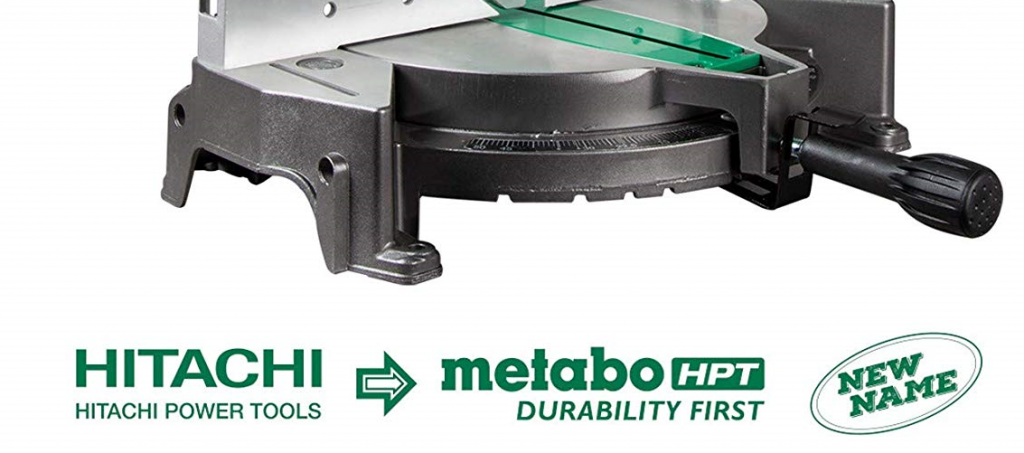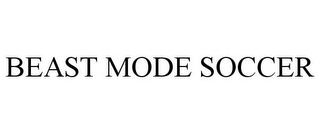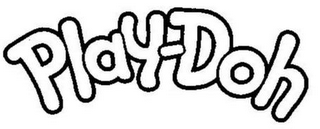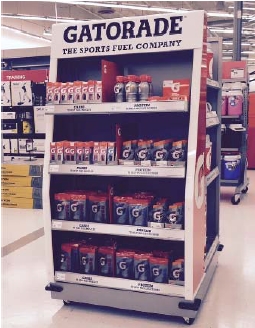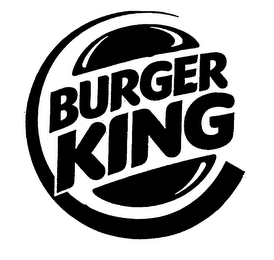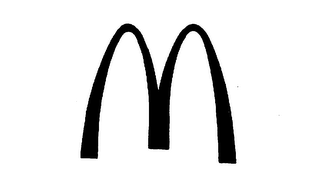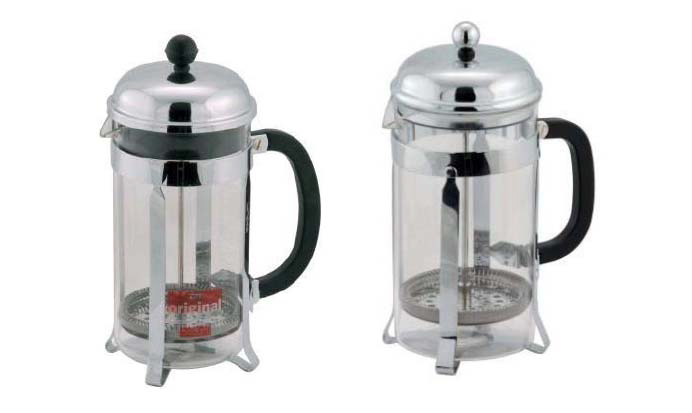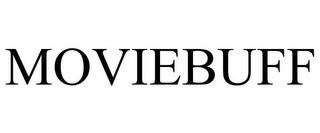To determine whether there is infringement in trademark cases, the question is whether there is a likelihood of confusion arising from the defendant’s use of a mark. Courts consider various factors to determine whether there is a likelihood of confusion. In the Seventh Circuit covering Illinois, Indiana, Wisconsin, federal courts consider the following factors:
1. the similarity between the marks in appearance and suggestion;
2. the similarity of the products;
3. the area and manner of concurrent use;
4. the degree of care likely to be exercised by consumers;
5. the strength of the plaintiff’s mark;
6. any actual confusion; and
7. the intent of the defendant to “palm off” his product as that of another.
The Seventh Circuit has also said that “These [factors] are useful insofar as they operate as a checklist to ensure that we do not overlook relevant evidence, but they are a means to an end, not an end in themselves.”
It also said, “No single factor is dispositive.” And “Courts may assign varying weight to each of the factors depending on the facts presented, though usually the similarity of the marks, the defendant’s intent, and actual confusion are particularly important.”
Citations: Bd. of Regents of the Univ. of Wis. Sys. v. Phx. Int’l Software, Inc., 653 F.3d 448, 454 (7th Cir. 2011); Autozone, Inc. v. Strick, 543 F.3d 923, 929 (7th Cir. 2008); Packman v. Chicago Tribune Co., 267 F.3d 628, 642 (7th Cir. 2001); Helene Curtis Indus. v. Church & Dwight Co., 560 F.2d 1325, 1330 (7th Cir. 1977).
